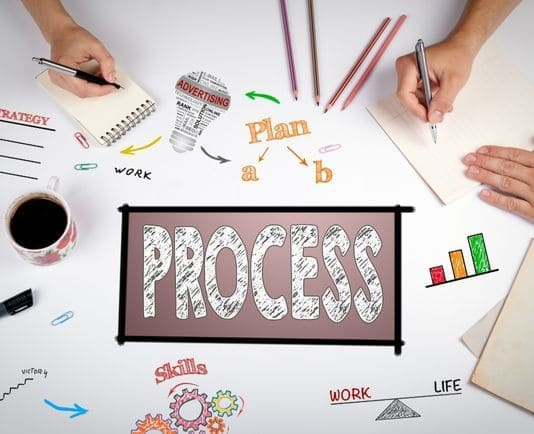Product Development Process - Our Proven 12-Steps
Product Development Life Cycle
Product Development Life Cycle – A collaborative journey from concept to market-ready reality, guiding your product from its initial spark of inspiration to a solution that meets your business goals and delights your target audience. GID Company is California-based product development firm and serving clients in Florida, Utah, Texas, Arizona, Georgia and across the USA.
Not Sure Where To Start?
Call JIM
Faster Product Development
A Roadmap to Your Successful Product
Product Development Process – GID Company
At GID Company, our Product Development Process is crafted to transform your innovative ideas into successful market products efficiently and effectively. This comprehensive process covers every stage, from initial concept to final market launch, ensuring that every aspect of the product meets your specifications and industry standards. Our team of experts utilizes state-of-the-art technology and a collaborative approach to guide your product through ideation, design, prototyping, testing, and manufacturing. We focus on delivering high-quality products that fulfill customer needs and exceed market expectations. Partner with us to navigate the complex journey of product development with confidence and precision.
Frequently Asked Questions - FAQs
-
What is the product development process?
The product development process involves transforming a concept into a marketable product. It includes research, designing, prototyping, and final manufacturing. At GID Company, our Product Development Process is streamlined to ensure efficiency and innovation at every step, helping you bring your vision to life.
-
What are the 7 stages of a new product development process?
The 7 stages of a new product development process are:
- Idea Generation
- Idea Screening
- Concept Development
- Prototype Design
- Product Development
- Market Testing
- Commercialization
GID Company’s comprehensive Product Development Process supports you through all stages, from brainstorming ideas to launching a successful product in the market.
-
What are the 5 stages of product development?
The 5 stages of product development include:
- Idea Generation
- Concept Development
- Prototype Creation
- Testing
- Market Launch
With GID Company, every step of the Product Development Process is expertly handled to ensure that your product is not only innovative but also market-ready.
-
What are 4 major types of product development?
The four major types of product development are:
- New Product Lines
- Product Improvements
- Product Line Extensions
- New to the World Products
GID Company specializes in all these areas, offering customized solutions to meet your unique needs throughout the Product Development Process.
-
What is a product development strategy?
A product development strategy focuses on creating new products or improving existing ones to meet customer needs and market demands. At GID Company, our Product Development Process includes strategic planning to ensure that your product aligns with both business objectives and market trends.
-
What are the 7 steps to develop a product strategy?
The 7 steps to develop a product strategy are:
- Define the Product Vision
- Identify Market Needs
- Set Product Goals
- Create a Product Roadmap
- Prototype Testing
- Feedback Integration
- Launch Plan
GID Company’s expert Product Development Process helps you craft a solid product strategy, ensuring your product is positioned for success.
-
What are the three strategic elements of product development?
The three strategic elements of product development are:
- Market Research
- Product Innovation
- Manufacturing Feasibility
At GID Company, we integrate these strategic elements into every stage of the Product Development Process to create products that are market-ready and cost-effective.
-
What is the product development lifecycle?
The product development lifecycle refers to the stages a product goes through from ideation to market launch and beyond. It typically includes concept development, prototyping, manufacturing, and product evolution. GID Company’s Product Development Process ensures that your product’s lifecycle is managed efficiently for long-term success.















